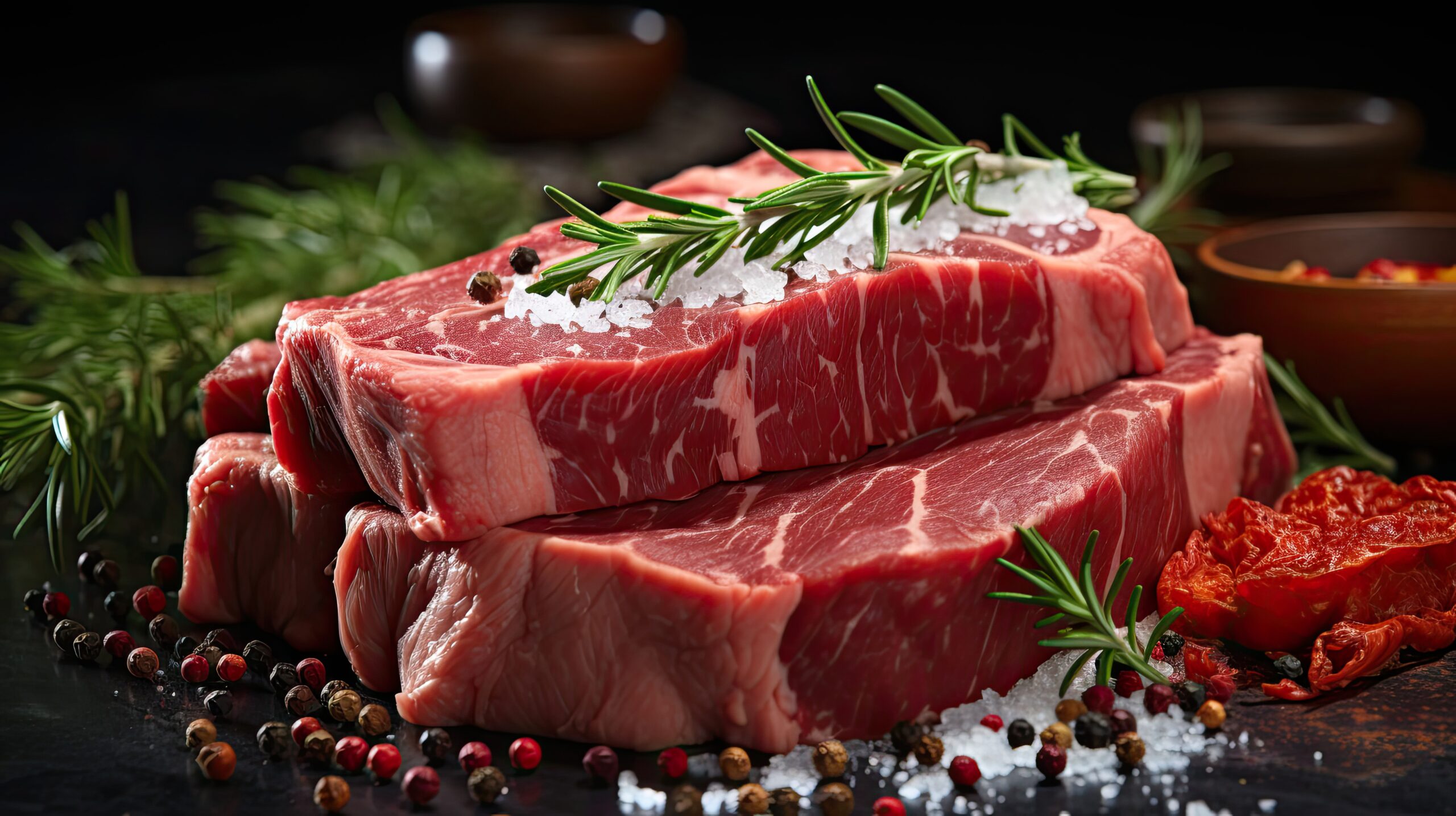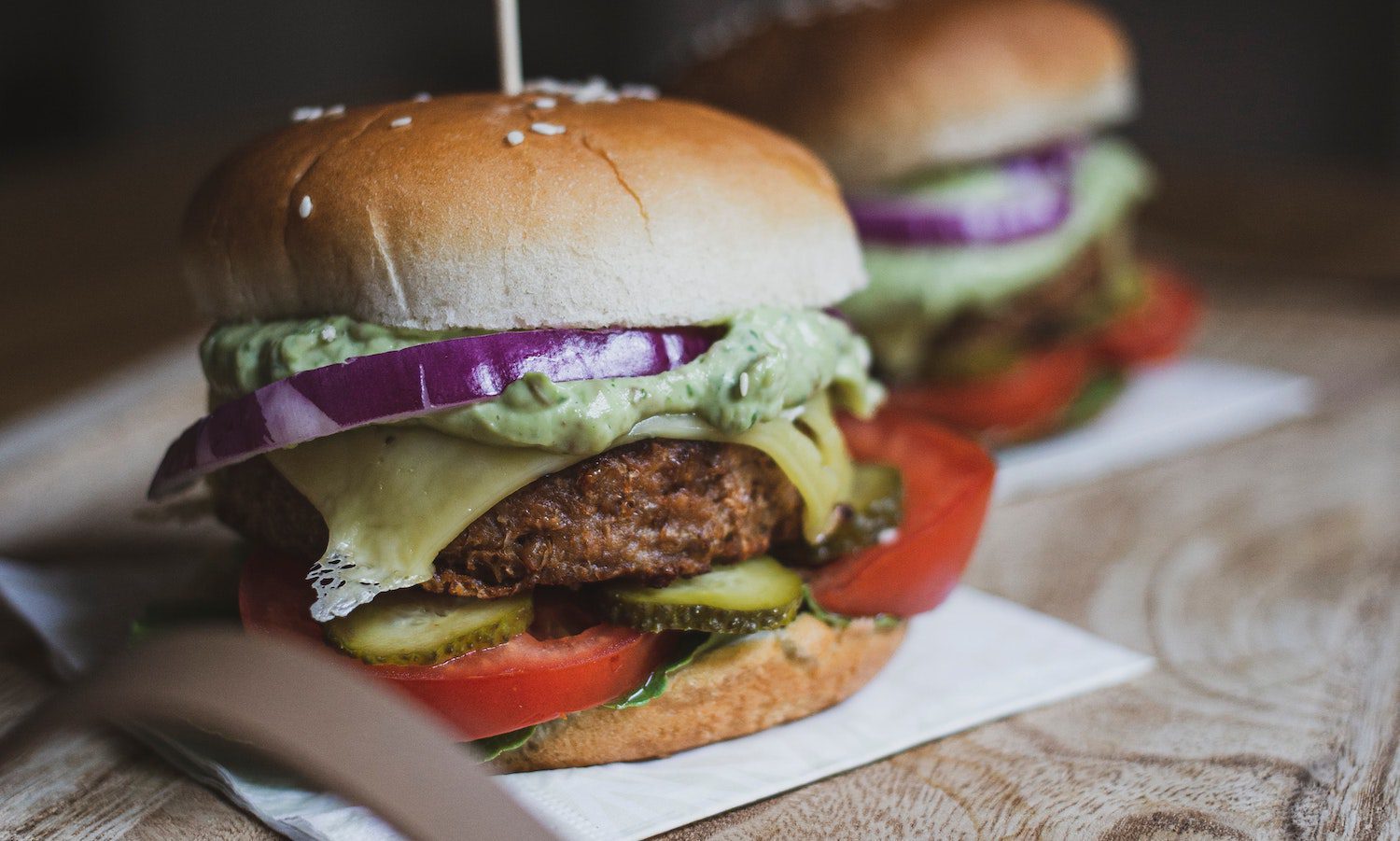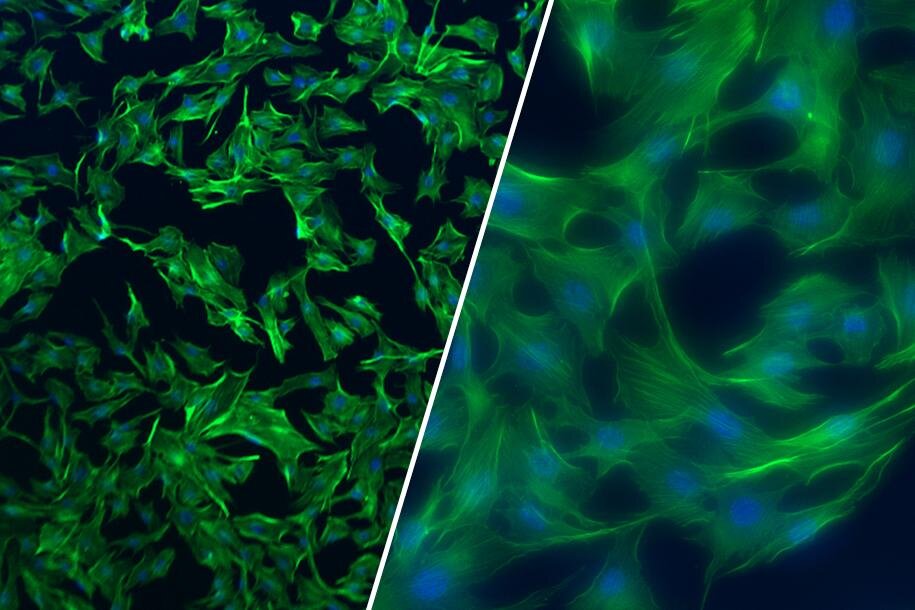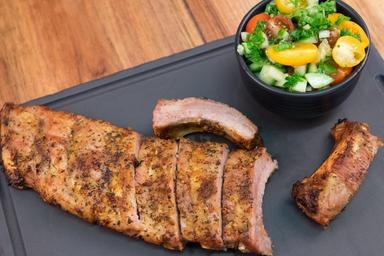UK-based startup Hoxton Farms has opened a pilot facility in London to make cultivated fat, the “magic ingredient that makes meat smell, brown, sizzle, and taste incredible.”
The 14,000-sq ft site in Old Street, central London, will have a capacity of up to 10 tons/year, and features cell culture laboratories, a food development kitchen, office space, and communal areas. It also houses a workshop enabling the team to manufacture proprietary bioreactors designed to optimize fat cell growth with much lower capital costs than industry-standard bioreactors.
The facility has been funded from a $22 million series A round announced last October led by Collaborative Fund and Fine Structure Ventures, with further investment from Systemiq Capital, AgFunder, MCJ Collective, and others.

Cultivated fat: ‘It’s a lot more scalable than muscle and it grows faster’
Founded by synthetic biologist Dr. Max Jamilly and mathematician and computer scientist Ed Steele in 2020, Hoxton Farms is one of a handful of startups developing fats for meat alternatives, a hot area of development in the alternative protein space with applications in plant-based and cultivated meat.
While some players in the field are engineering microbes to produce animal-like fats and others are structuring fats using microencapsulation or oleogelation, Hoxton Farms is growing animal fat from animal cells in bespoke bioreactors.
“Meat alternatives don’t taste good enough, and it’s the key reason that consumers don’t repeat purchase,” Jamilly told AgFunderNews. “Key to fixing that disappointment is fat. If you can’t get the fat right, it’s impossible to recreate the experience that meat eaters crave.
“And, of course, there are many other advantages to fat too [in the cellular ag space]. It’s a lot more scalable than muscle and it grows faster.”
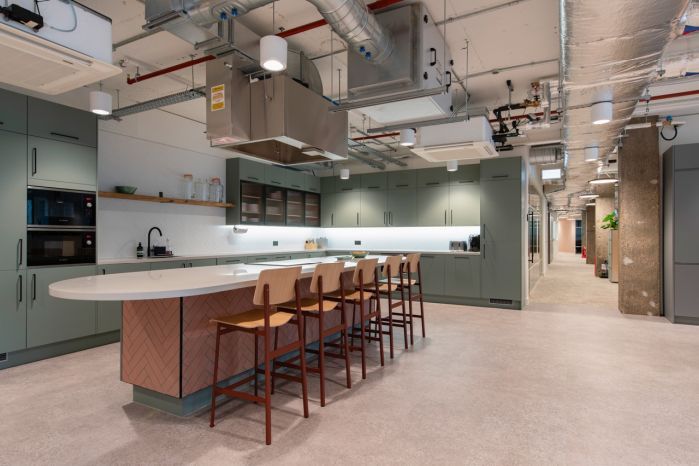
Hoxton is building a platform for making all kinds of fat, but its first product is cultivated pork back fat, said Jamilly. “We’re taking stem cells—MSCs [mesenchymal stromal cells]—from adult pigs and we use endogenous genome engineering to immortalize the cells [so they will divide indefinitely] so we never have to go back to the animal.
“We bank them in the freezer, and each time we start the process, we take an infinitesimal number of cells out of the freezer, put them into the reactor, and they grow over a three-, four-week process.”
** Click here to read the full-text **







